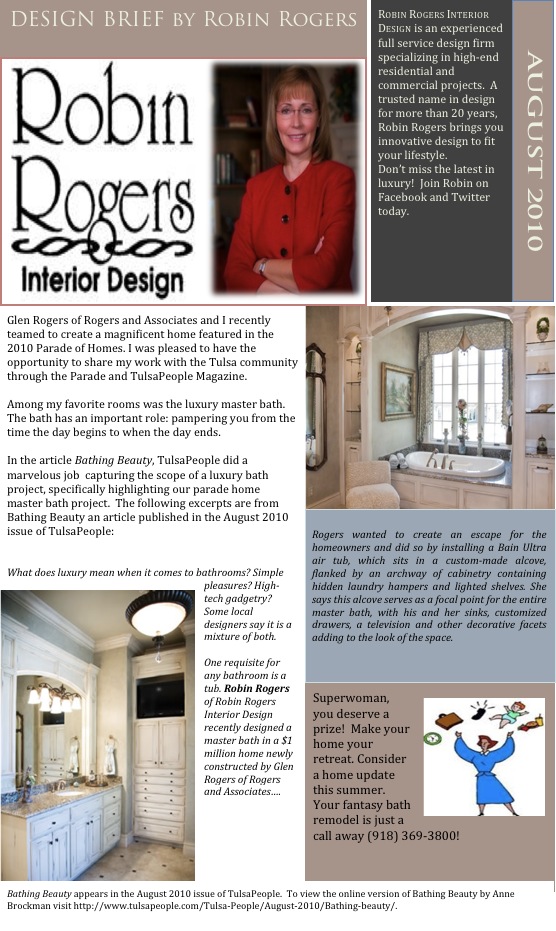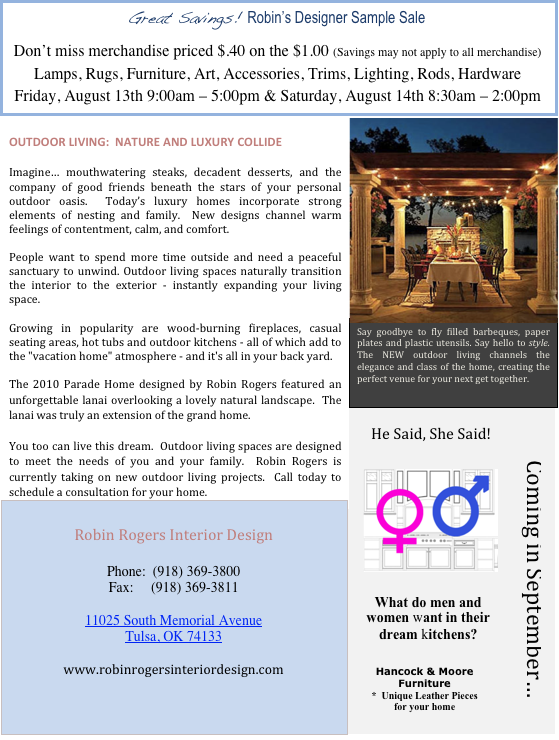 Granite, concrete, butcher block, tile, stainless steel--- just a few of the surface options for today's kitchens. There are many things to consider when choosing surfaces for your kitchen. Appearance, expense, repairability, and vulnerability to temperature and impact are all common considerations.
The following article explores the pros and cons of popular surfaces. Read and educate yourself before choosing the material for your kitchen remodel.
Granite, concrete, butcher block, tile, stainless steel--- just a few of the surface options for today's kitchens. There are many things to consider when choosing surfaces for your kitchen. Appearance, expense, repairability, and vulnerability to temperature and impact are all common considerations.
The following article explores the pros and cons of popular surfaces. Read and educate yourself before choosing the material for your kitchen remodel.
1. Granite Counters
Granite is the countertop material of choice when there are no other things to think about - like money. It defines elegance in a kitchen. As the use of granite becomes more widespread, the price comes down. The beauty of the stone contributes to the beauty of even the most modest kitchen. The price runs anywhere between $50 and $100 per square foot. Granite is sleek and extremely handsome, and gives a very high-end look to your kitchen.
Pros: holds up to heat; comes in a range of almost 3000 colors; looks permanent and substantial; will last a lifetime; new sealers are almost maintenance-free; 2nd highest hardness rating after diamonds; has a high value to home buyers.
Cons: expensive, but becoming more affordable; requires some maintenance; some stones absorbs stains if not sealed; knives can become dull if you cut on it; can crack if stressed or improperly installed.
2. Engineered Stone
Engineered stone is composed of 93% quartz particles. It is available in a larger range of colors than granite and has a nonporous surface that resists scratches. It's easy to maintain, without the annual sealing required by natural stone. Some brands on the market include DuPont Zodiaq®, LG Viatera®, Cambria Quartz, and Silestone®.
Pros: Resistant to stain and acid; easy care.
Cons: Expensive.
3. Solid Surface
Because solid surface counters are just what they're called, solid, any scratches can be sanded out. The countertops are custom-made to your specifications by companies such as Avonite, Corian, and Swanstone.
Pros: comes in a rainbow of colors and patterns; seamless; stain resistant.
Cons vulnerable to hot pans and stains which can damage the surface; can be moderately expensive.
4. Ceramic Tile
Ceramic tile is durable and easy to clean. Add to that inexpensive and you've got a really good choice for countertops for the average home. Because it's installed a section at a time, it can be done by most resourceful homeowners.
Pros: takes hot pans; easy to clean; wide range of price, color, texture and design. Cost. Even cheaper than laminate, ceramic tile is about as cheap as you want to make it. You're looking at a countertop that could be as cheap as $10 per square foot.
Cons: counter surface is uneven; tiles can easily chip or crack; grout lines become stained; custom-designed tiles are very expensive.
5. Laminates
Laminate counters bear trademarks such as Formica, Nevamar, and Wilsonart. They're made of plastic-coated synthetics with a smooth surface that's easy to clean. The pieces are cut to size and finished on the ends. Cost. Laminate is one of the cheapest countertop options, with installed laminate countertops as low-priced as $35-$45 per square foot.
Pros: you can buy laminates in lots of colors; easy to maintain; durable; inexpensive.
Cons: scratches and chips are almost impossible to repair; seams show; end finishing and front edge choices can be pricey.
6. Wood or Butcher Block
Wood countertops offer a beautiful warm look and are available in a wide range of colors and finishes. Hardwoods such as maple and oak are most often used as countertop woods.
Pros: easy to clean; smooth; can be sanded and resealed as needed.
Cons: can be damaged by water and stains over time; scratches must be oiled or sealed according to manufacturer's instructions.
7. Stainless Steel Counters
For a really contemporary and industrial look for your kitchen, stainless steel is a good choice. They are heat resistant and durable. Because they're constructed to your specifications, you can have a seamless countertop.
Pros: takes hot pans; easy to clean.
Cons: Expensive; noisy; may dent; fabrication is expensive; you can't cut on it.
8. Soapstone Counters
Soapstone is generally dark gray in color and has a smooth feel. It is often seen in historic homes but is also used in modern homes as both a countertop and sink material.
Pros: rich, deep color; smooth feel; somewhat stain resistant.
Cons: requires regular maintenance with applications of mineral oil; may crack and darken over time.
9. Marble
Because of it's extremely high price tag, marble is not often seen on the countertops of whole kitchens. To get the luxurious look, use it on an island or inset at a baking center. Marble requires constant maintenance, as it easily stains. Some new sealers retard staining.
Pros: waterproof; heatproof; beautiful.
Cons: expensive; porous; stains easily unless professionally sealed; can scratch; may need resealing periodically as per manufacturer.
10. Concrete Counters
If you have countertops in unusual shapes, concrete may be a good choice, as they're often cast right in your kitchen. The high price tag may be beyond most people's budget.
Pros: heat and scratch resistant; can be color-tinted; looks exotic and unusual; new treatments eliminate cracking; additives reduce porosity; new finishes are more decorative.
Cons: mid to high range on cost due to custom work; cracking is possible; can look somewhat industrial; porous but can be sealed.






